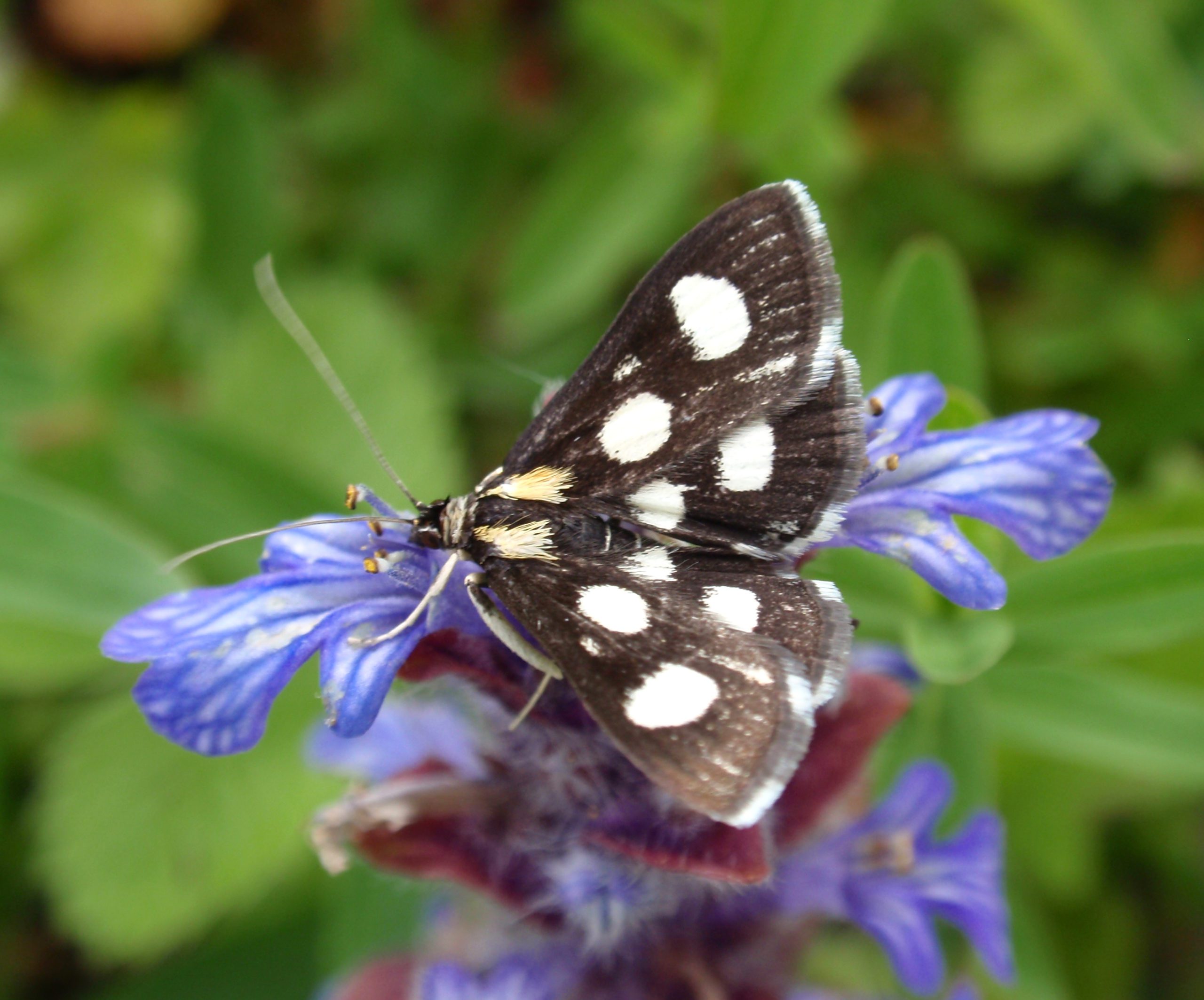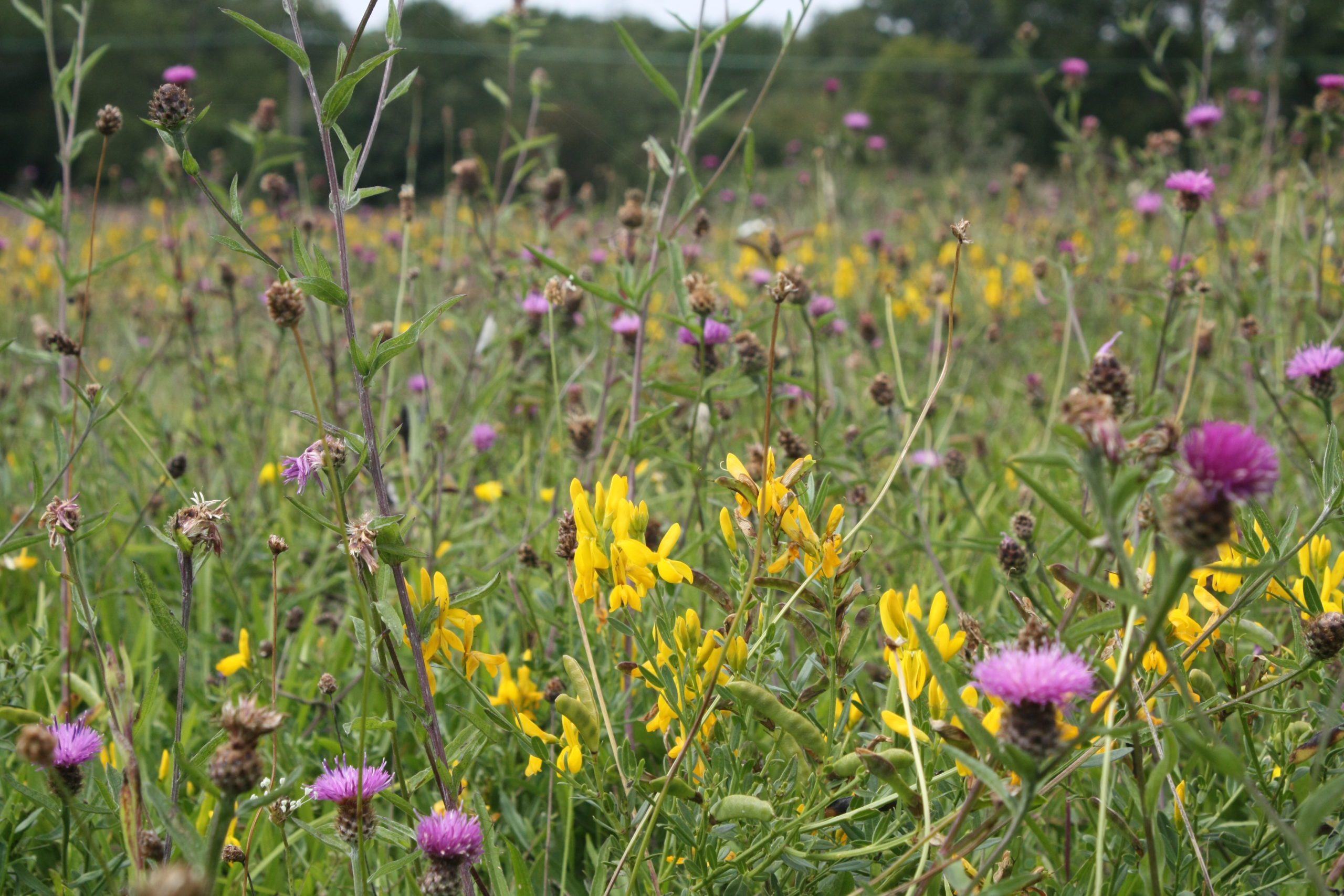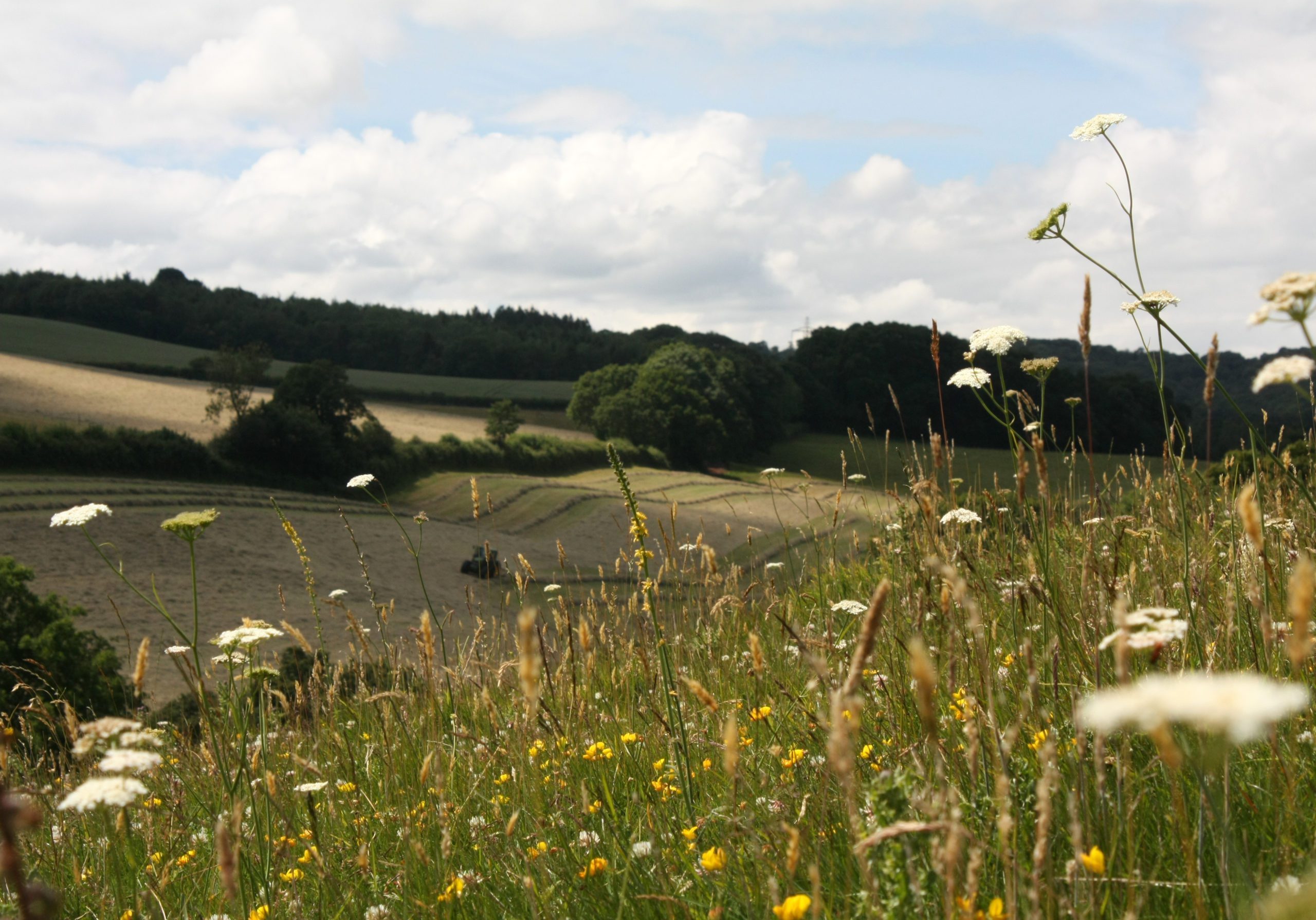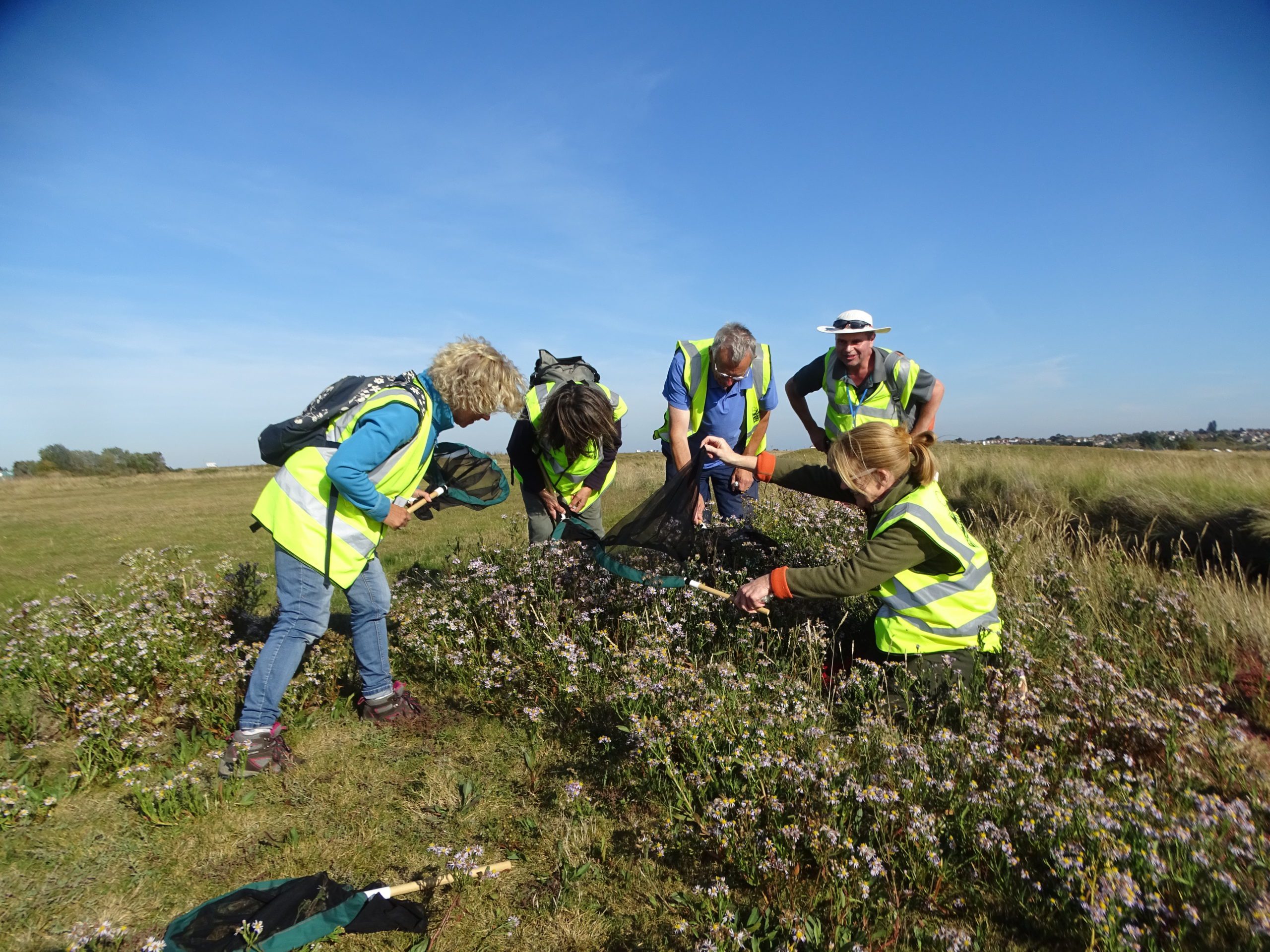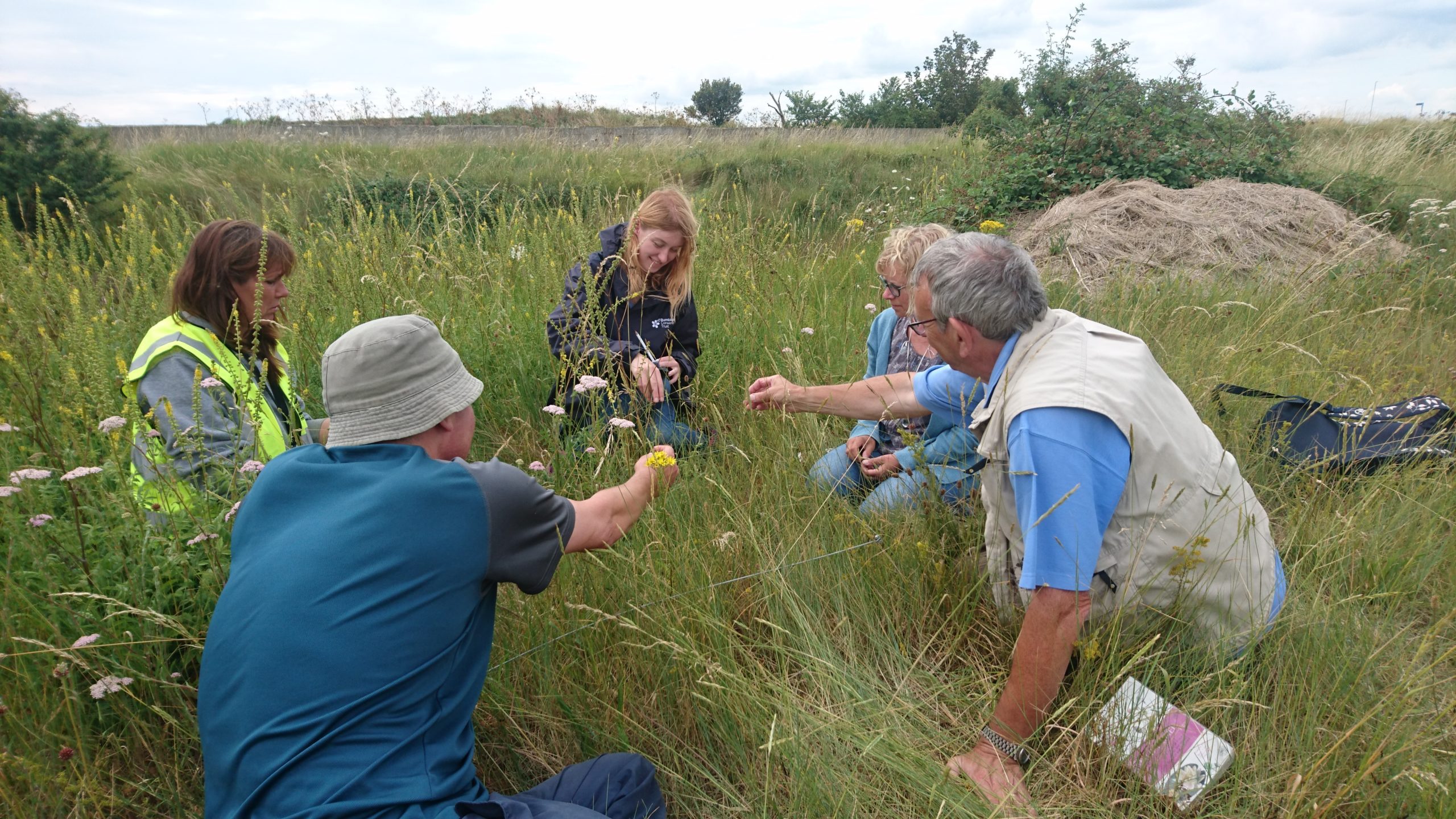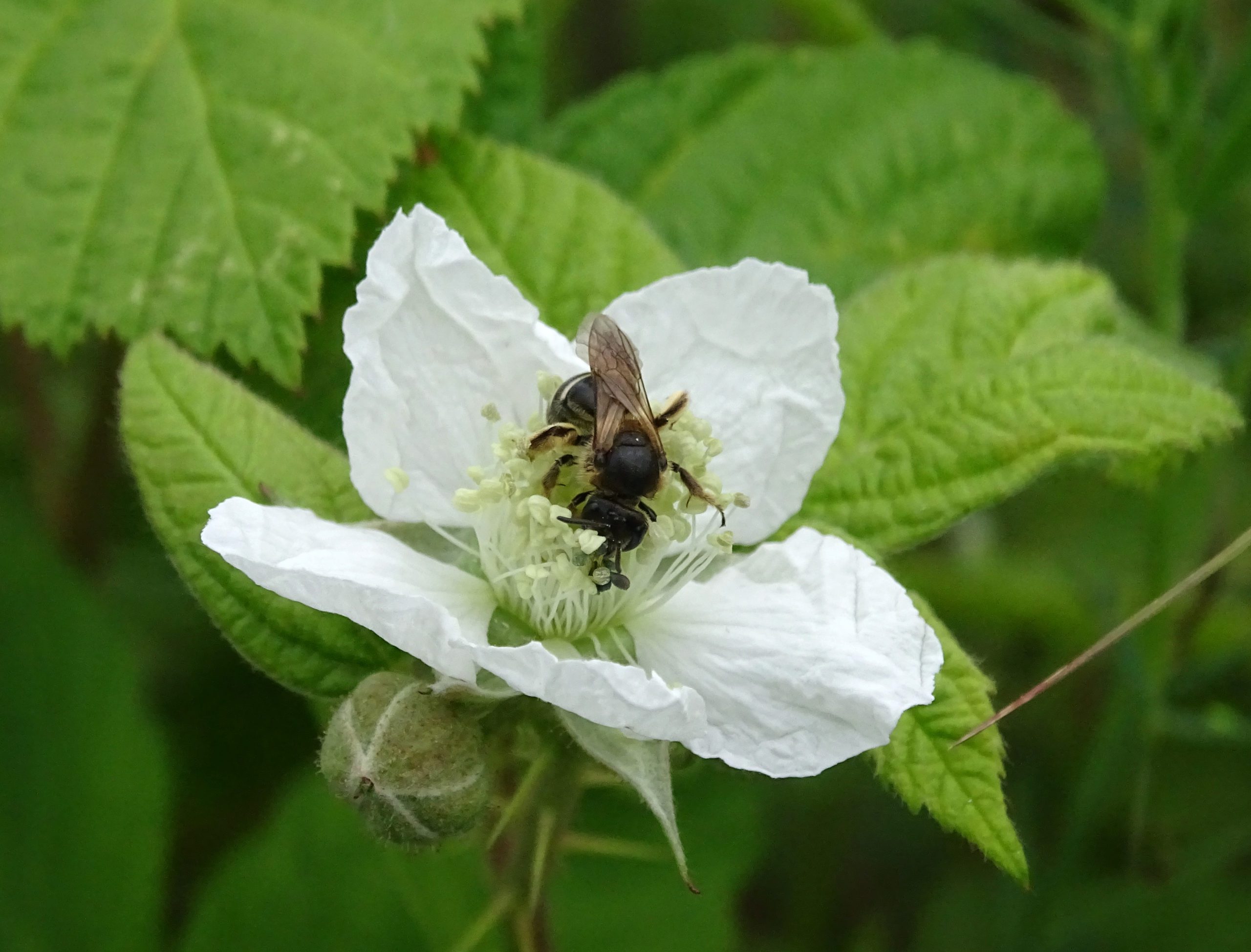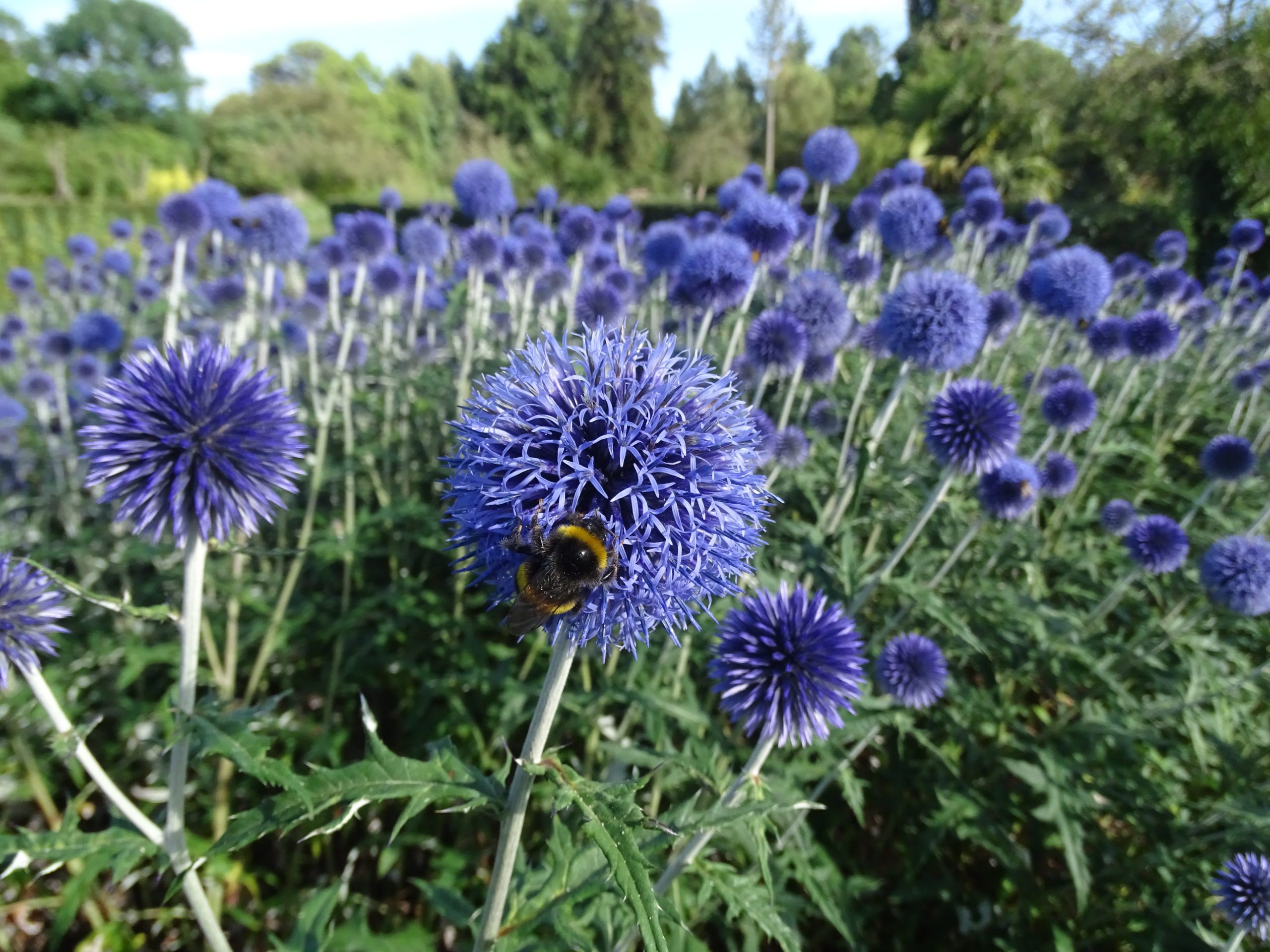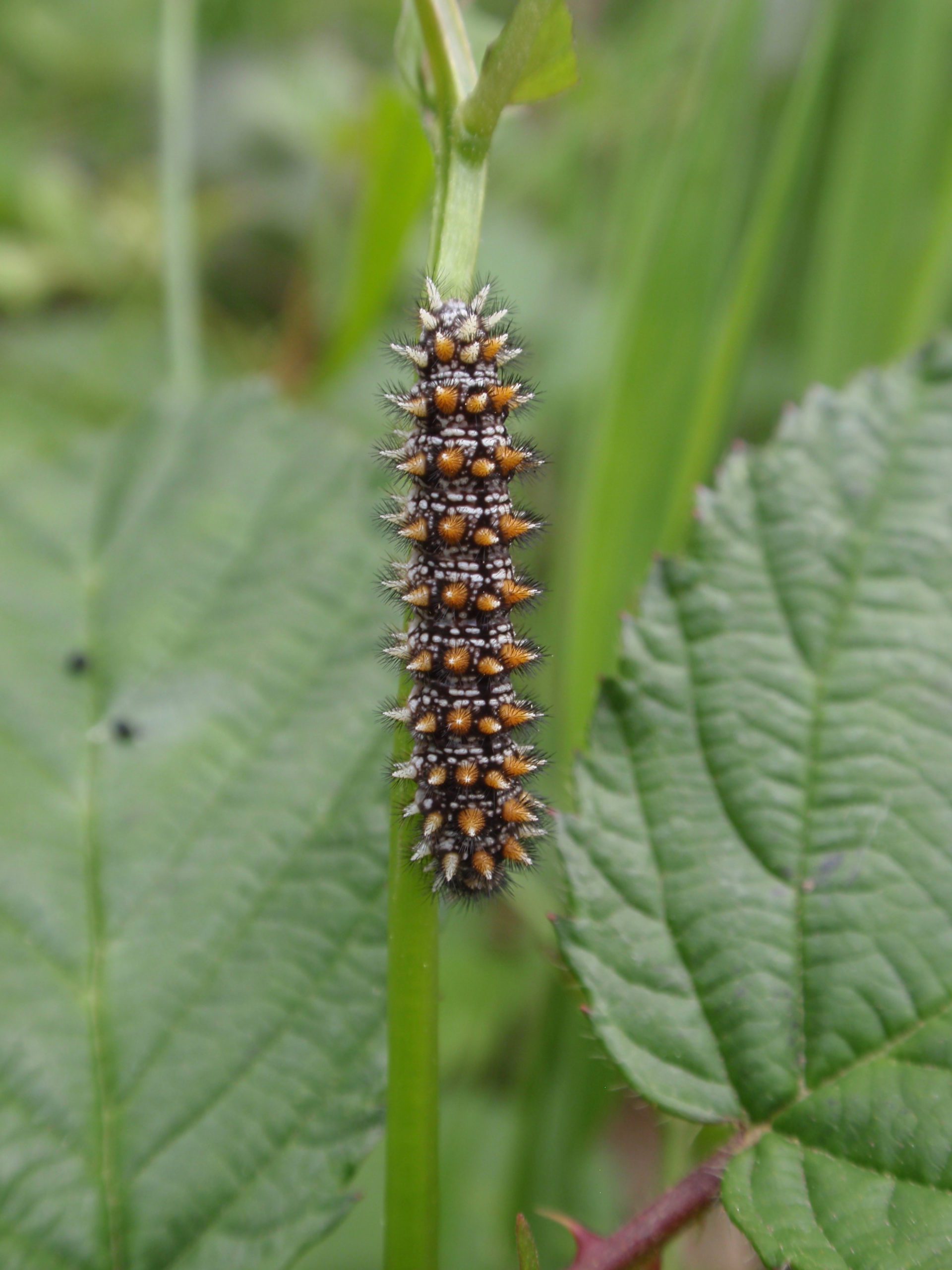Kent’s Pollinator Projects
22nd March 2021
Kent is a particularly important and diverse county for pollinators, with a number of rare and threatened species calling it home. The array of different habitats, from woodland and chalk grassland to grazing marsh and coastal shingle, make it a particularly rich place for these creatures. This has encouraged a range of pollinator (and pollinator related) projects to focus on the conservation of these species and habitats. Here is a snapshot of some of these.
Fifth Continent Landscape Partnership Scheme
This Landscape Partnership Scheme led by Kent Wildlife Trust involves a number of different projects focussed on the Romney Marsh. These aim to work with landowners and communities to conserve, restore and uncover information about this historic landscape. ‘Green Lanes for Bumblebees’ is one pollinator focused project that is delivered by Bumblebee Conservation Trust. This involves restoring and enhancing habitat across the landscape to improve the habitat connectivity, such as through wildflower seeding. Training is provided to volunteers to allow them to identify the different types of bumblebee and carry out important survey and monitoring work.
Kent’s Magnificent Moths
Coming soon in East Kent (from 1 April), this exciting new project will focus on 8 of the UK’s rarest moth species. For some of these, like the Black-veined Moth, Kent holds the only UK populations. Butterfly Conservation are leading this project, which will work with other organisations to deliver targeted conservation work on a number of key sites. Engagement with local community groups and the wider public through events and training opportunities will provide insights into these fascinating creatures.
Making a Buzz for the Coast
This Bumblebee Conservation Trust led project focuses on the north Kent coast from Dartford to Deal, which is a key area for some of Kent’s scarcest bumblebees. Finishing at the end of March, the project has been working to create and restore habitat to link up populations of rare bees and other pollinators along the coast. This has involved working with a range of land managers and plenty of help from volunteers to carry out practical habitat works on the ground. Volunteers have also been involved with finding out which types of bumblebees are found in these areas and submitting records so that we have a better idea of how they are faring.
Old Chalk New Downs
This ambitious project has been working since 2017 on the North Downs from Kemsing to Detling. Kent County Council leads this work to improve, restore and reconnect the rare chalk grassland habitat that is found in this area. This is aiming to help link up these pockets of habitat for the benefit of the wildlife that calls it home and to teach local communities about the value of this. Pollinator workshops have been run as part of this, as well as other opportunities for the public to learn about wildlife and habitat management techniques.
Short-haired Bumblebee
This long-term project started in 2009 with the aim of reintroducing the extinct Short-haired Bumblebee to Dungeness and the wider Romney Marsh. While it does not appear that this species has established, the project (led by Bumblebee Conservation Trust) has delivered significant improvements across the area in terms of enhancing the habitat for bumblebees. Public awareness raising has been an important element as well as training volunteers to carry out bumblebee monitoring.
How can you get involved?
As Covid-19 restrictions lift, more volunteer opportunities are starting to appear and there are various different ways you can get stuck in and help our pollinators in your local area:
Buglife
- B-lines – these pollinator corridors link up important areas for pollinators across the county and country. If you’re doing work on pollinators on one of these B-lines then why not add it to the map. You can find out how you can take action for pollinators in your local area and encourage others to do so too.
Bumblebee Conservation Trust
- BeeWalk – interested in bumblebees? This national monitoring scheme collects valuable information about bumblebee populations. It involves a monthly walk along a fixed route from March to October to record sightings.
- Short-haired Bumblebee project – if you’d like to help out with this brilliant project, there are opportunities to get stuck in to practical habitat works and bumblebee surveys with training provided.
Butterfly Conservation
- Kent’s Magnificent Moths – register your interest in this exciting new project, where there will be plenty of opportunities to learn about moths and help to manage the habitat to conserve them.
- UK Butterfly Monitoring Scheme – contribute to this important scheme by monitoring butterflies in your local patch. This could be by walking a fixed route, surveying a particular area or by focussing on a rarer butterfly such as counting numbers or searching for caterpillars.
Kent County Council
- Old Chalk New Downs – there are various ways to engage with this diverse project from learning how to identify different species and surveying them to trying your hand at hedge laying.
Kent Wildlife Trust
- Fifth Continent – fancy being a citizen scientist? This scheme has a range of different opportunities on the Romney Marsh for volunteering, including recording the different species you encounter in the landscape.
- Gardening for a Wilder Kent – this project offers training and runs workshops for those interested in gardening with wildlife in mind. You can volunteer to become an advisor to help others make their gardens better for pollinators.
- Roadside Nature Reserves – this network of wilder road verges across the county includes the ‘Bee Roads’ that were set up as part of Making a Buzz for the Coast. You can get involved with some practical grassland management and even become a volunteer warden for your local site.
Popular articles
Walking the Pilgrims Way
Experience the beauty of walking across the Kent Downs NL through the…
Pumpkin Picking in Kent 2024
Get ready for pumpkin picking season and head out with loved ones…
Explore Kent’s Scenic Walks by Train
Discover Kent's hidden gems hassle-free by train, where you can start walking…

